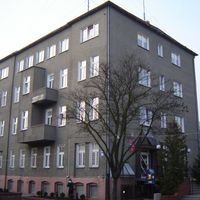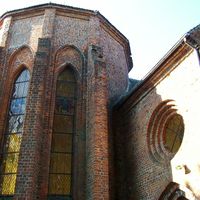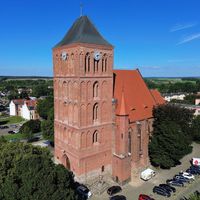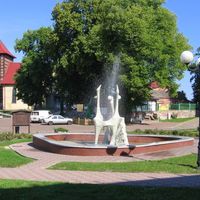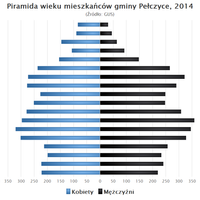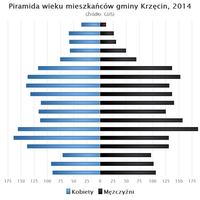Choszczno County
7.71
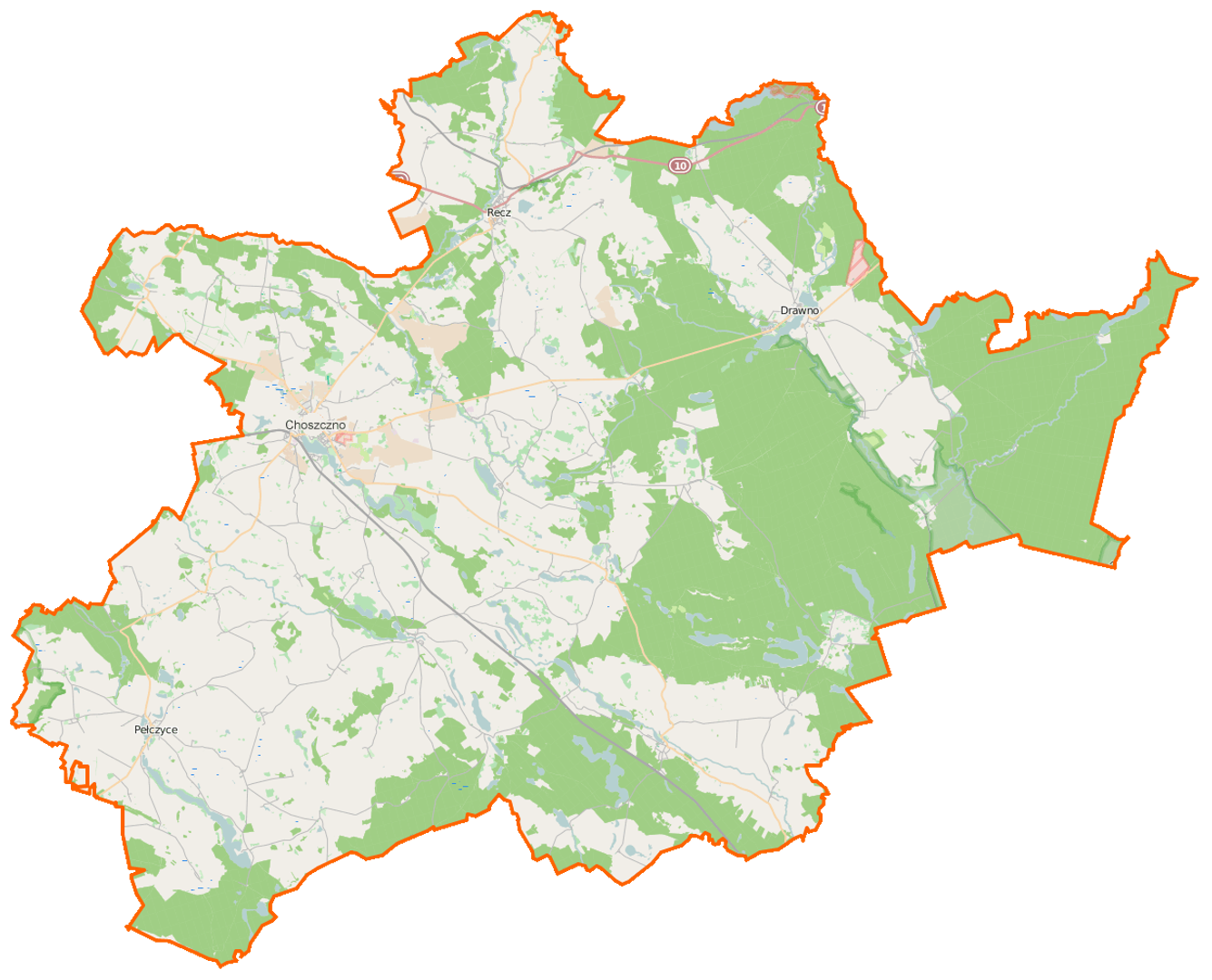
Overview
Choszczno County, located in northwestern Poland within the West Pomeranian Voivodeship, was established in 1999 and encompasses both urban-rural and rural municipalities, including Choszczno, Drawno, Pełczyce, and Recz. The county seat is Choszczno, and the region boasts a rich history dating back to the 5th millennium BCE. The earliest traces of settlement document agricultural and livestock activities, and by the 1st millennium CE, the area was inhabited by Germanic peoples and Slavs. Between 963 and 967, Mieszko I incorporated the Choszczno lands into Poland. The region frequently changed hands, becoming a subject of rivalry among Poland, the Teutonic Order, and the Hohenzollerns. In the 18th and 19th centuries, the county gained economic significance, and before World War II, it comprised 66 rural municipalities. In 1945, the county returned to Polish administration, and in 1975, the area was divided into municipalities. The county was reestablished in 1999 and currently includes six municipalities. The region is known for its lakes and rivers, including the Drawa River, providing excellent conditions for tourist activities such as kayaking and agritourism. Architectural highlights include landmarks like the Cistercian monastery in Bierzwnik, the Gothic Church of the Virgin Mary in Choszczno, and the ruins of the castle in Drawno. The county hosts numerous cultural events, including festivals, artistic and historical reviews, as well as sports events such as swimming marathons and basketball tournaments. Residents value local traditions and history, organizing fairs and archaeological workshops. The region is also attractive to tourists due to its diverse cycling and hiking trails, including the Hetman Stefan Czarniecki Trail. Safety in the county is ensured by the District Prosecutor's Office in Choszczno and units of the Volunteer Fire Department. The architecture, history, and rich cultural offerings make Choszczno County an interesting place for both residents and tourists.
Location
County
Drawsko County
Country
2025 Wizytor | All Rights Reserved
